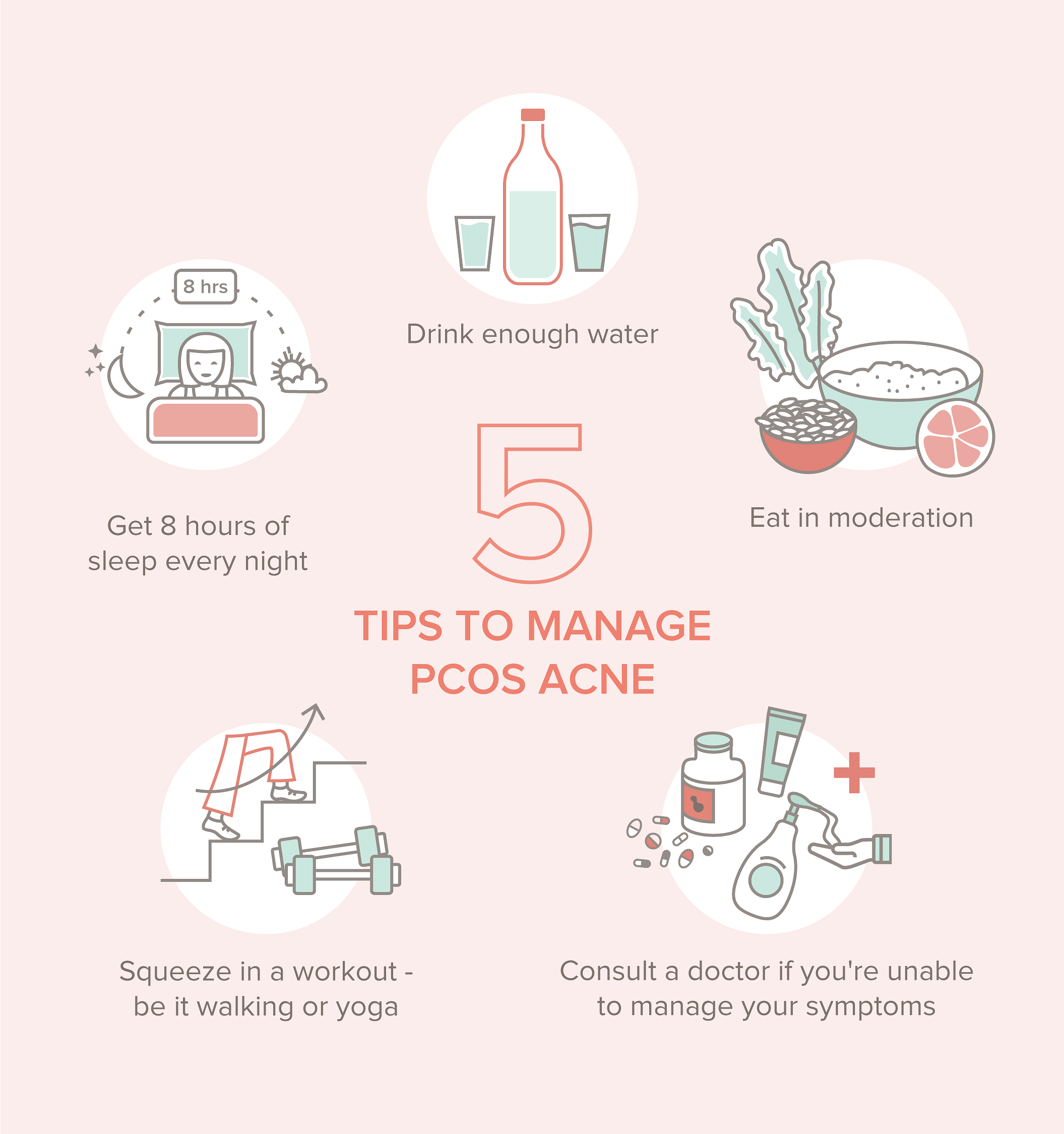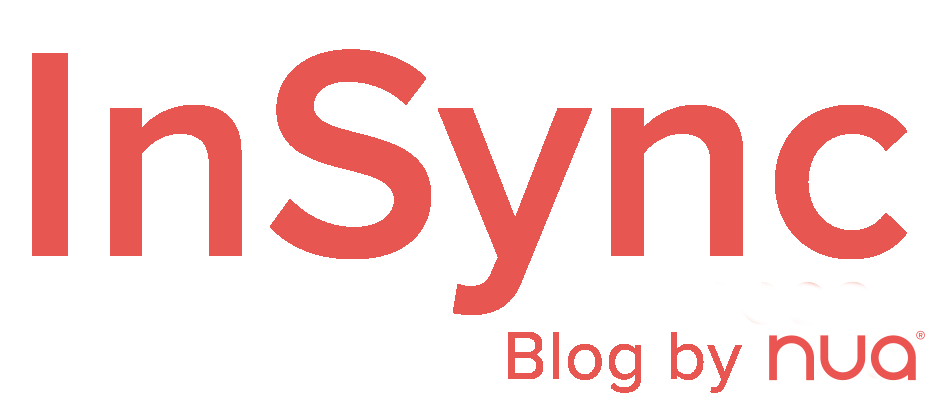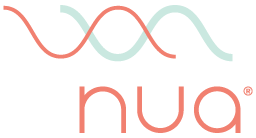Polycystic Ovarian Syndrome, less scarily known as PCOS, has lots to do with your lifestyle. It basically occurs when hormonal changes lead to enlarged ovaries. This sometimes leads to skin problems like cyst formations on the outer edge of the ovaries, commonly called PCOS acne. As a matter of fact, hormonal change is the primary driving force of acne. You can learn more about it here.
For now, here’s a summary: Hormonal fluctuations lead to the rise and fall of oestrogen levels, and sometimes progesterone levels too. This may trigger the sebaceous glands, which are spread across the body and produce sebum- an oily, skin lubricant. Too much sebum can clog your pores, which then leads to skin problems like acne.
Our bodies follow instructions provided by the pituitary gland, a pea-sized little thing that sits very close to the brain. The basic instructions given by the gland would be what hormone to produce and how much of it to produce. When you have PCOS though, these signals get obstructed. This leads to hormonal imbalances, skin problems, and ultimately, acne. You can learn about the different types of acne too to help you manage them easier.
If you have PCOS, do not worry. We understand that treating PCOS takes time so we’re here to help you with the acne that PCOS often comes with.

Our experts work round the clock to provide you with the answers that you are looking for. So, if you have any, leave it in the comment section below or send us a DM at @nuawoman. This is a safe space that we have built for you so do not hold back on any doubts you may have about your body and mind.
Read other articles by Dr. Poonam Wadhwani on InSync here.



